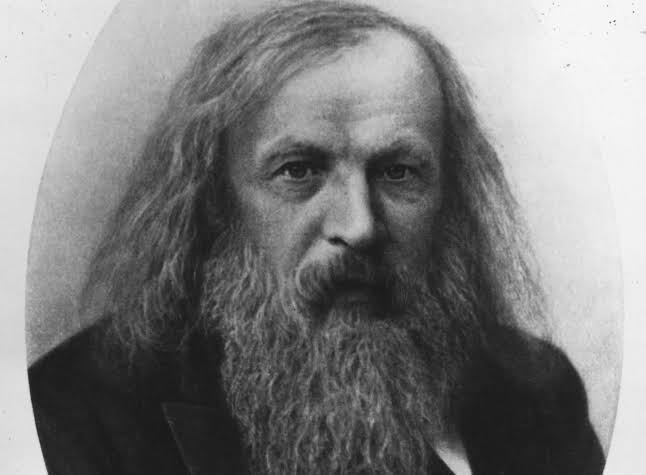The basic building block of life.
The Cell
A push or a pull on an object.
Force
Gravity
A person who is studying or has expert knowledge of one or more of the natural or physical sciences.
Scientist
A scientific procedure undertaken to make a discovery, test a hypothesis, or demonstrate a known fact.
An Experiment
What does each letter in STEM stand for?
Science
Technology
Engineering
Math
How do plants create their energy?
Photosynthesis
Anything that can take up space and can be weighed.
Matter
An educated guess in an experiment.
Hypothesis
The degree or intensity of heat present in a substance or object.

Temperature
An item that produces an attracting field which pulls it towards other objects.
Magnets
An organism that consumes dead matter.
Decomposer
An organism that lives on or in a different kind of organism (the host) from which it gets some or all of its nourishment.
A Parasite
What is it called when an object changes from a liquid to a gas?
Evaporation
What type of cell is pictured below?
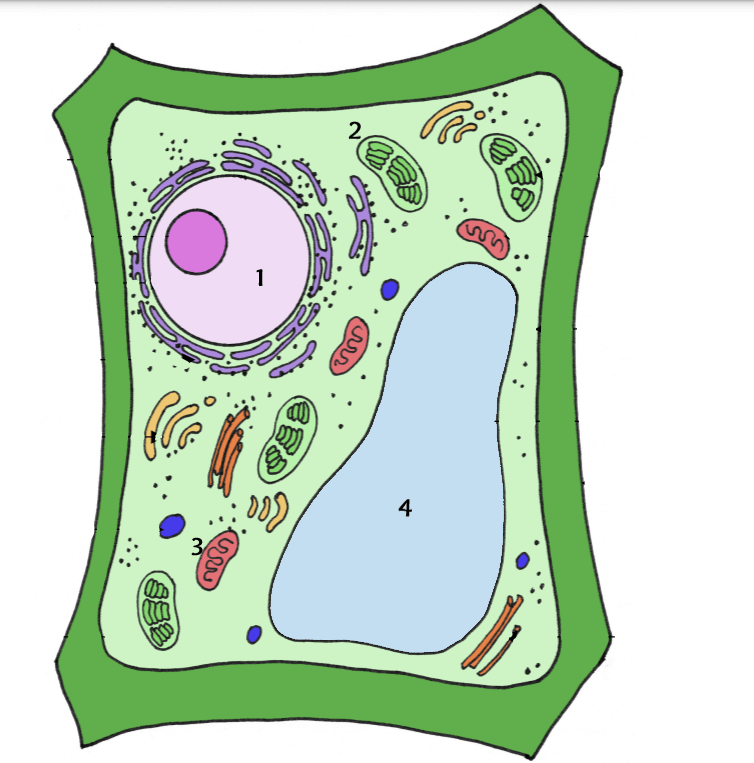
Plant Cell
What is pictured below?
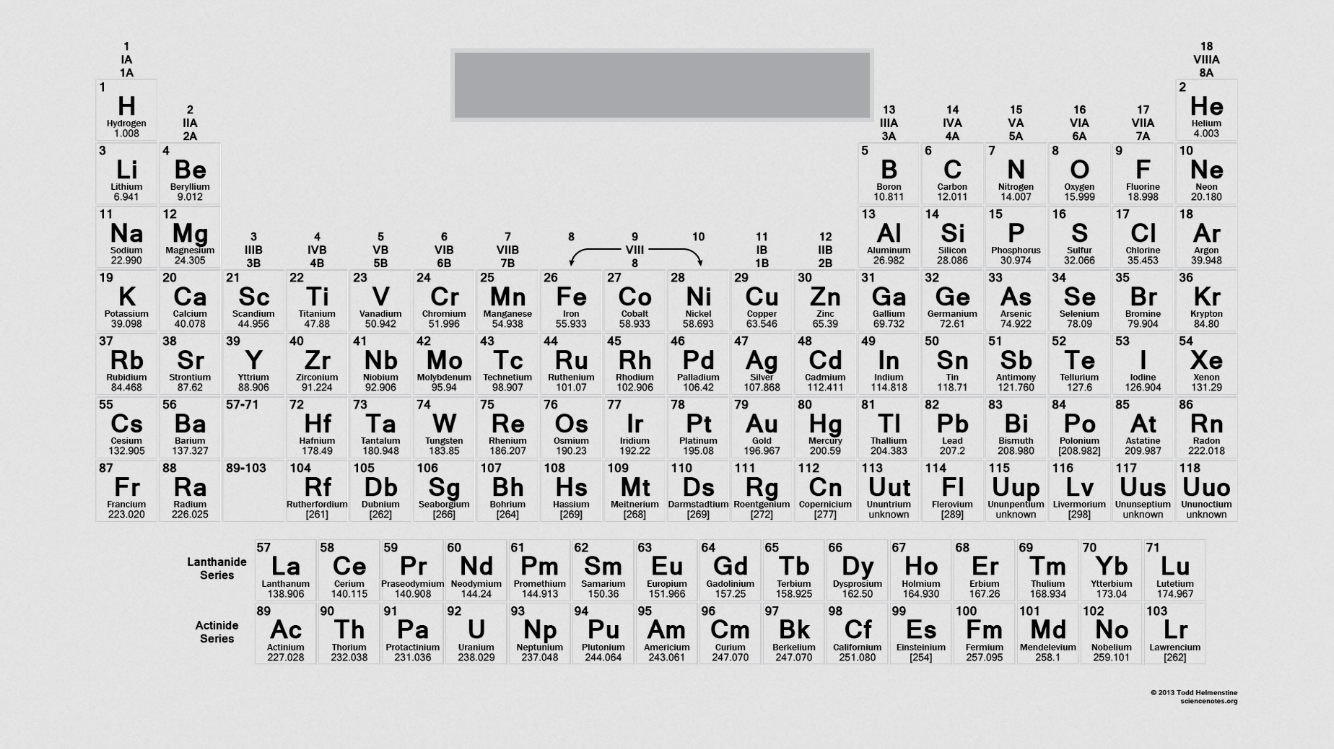
A Periodic Table
An organism that only eats meat.
Carnivore
An organism that only eats plants.
Herbivore
What type of cell is pictured below:

Animal Cell
What is Newtons 2nd Law of Motion?
For every action there is an equal and opposite reaction.
At what temperature in Celsius does water boil?
100 Degrees Celsius
A mixture of gas that surrounds the earth.
Atmosphere
An objects mass per volume.
Density
What is this pictured below?
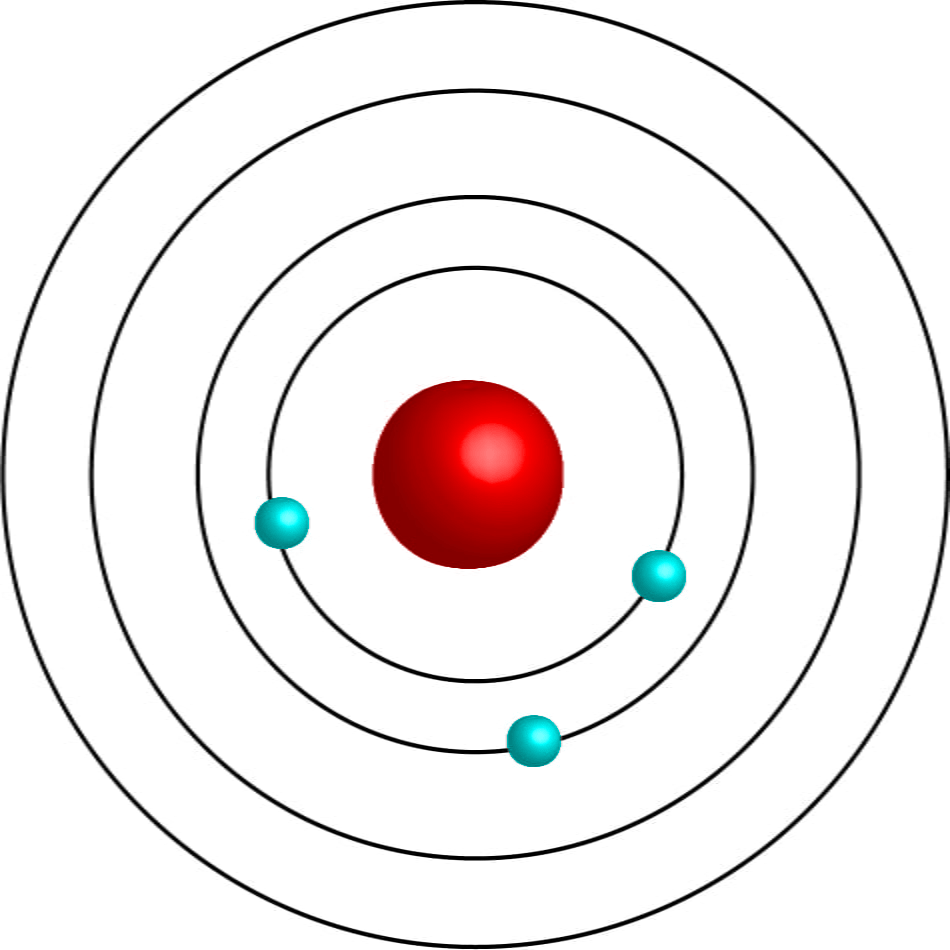
An Atom
Each of more than one hundred substances that are primary the constituents of matter.
They are found on the periodic table.Elements
The science of living things.
Biology
A variable that is kept constant throughout an entire experiment.
Control Variable
The amount of space an object occupies.
Volume
Anything that can change or be changed in an experiment.
Variables
A science that deals with the composition, structure, and properties of substances and with the changes that they go through.
Chemistry
What is the center of the Atom called?
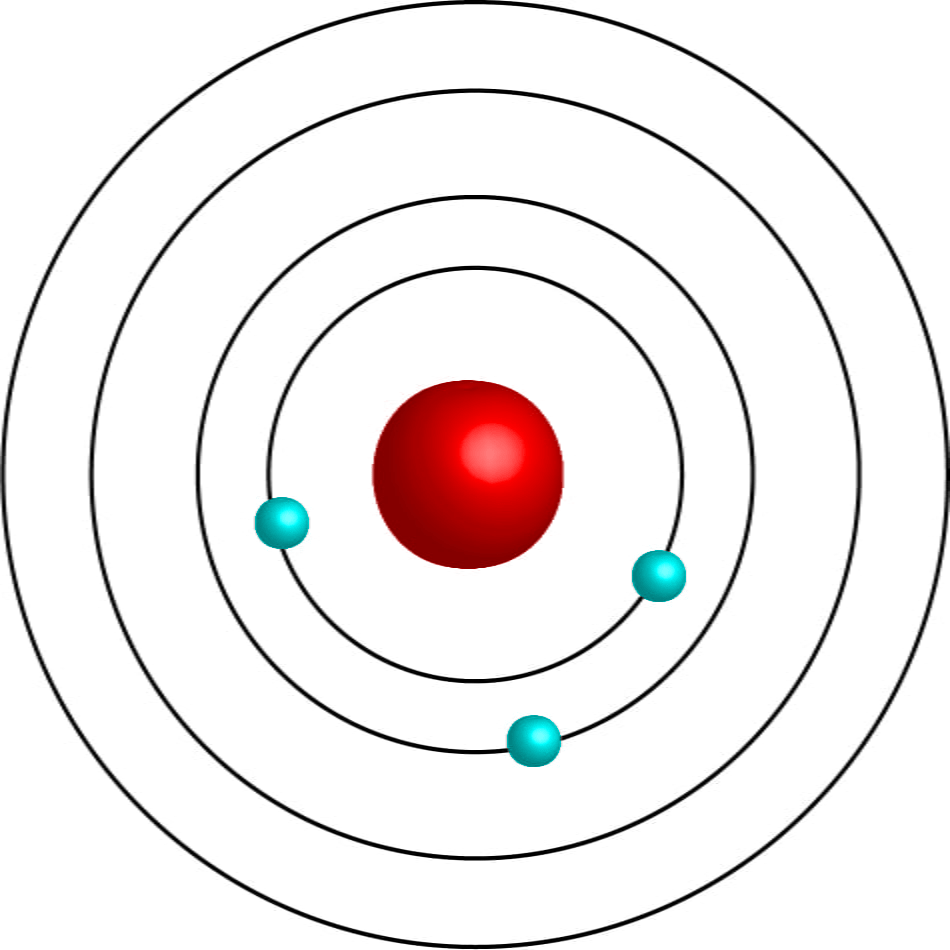
The Nucleus
Multiple atoms joined together create what?
A Molecule
What is the most common gas in the atmosphere?
Nitrogen
The variable that is measured during an experiment. That is affected by independent variable.
Dependent Variable
What is it called when a solid changes into a gas?
Sublimation
What is a term to refer to a Multi-Cellular organism?
Eukaryote
The act of changing something or changing your behavior to make it suitable for a new purpose or situation.
Adaptation
The processes by which chemicals interact to form new chemicals with different compositions
Chemical Reaction
How many known elements are there?
118
What is a term to refer to a Uni-Cellular organism?
Prokaryote
What two subatomic particles make up the nucleus.
Protons & Neutrons
Who is known for formulating the periodic table?
Dmitri Mendeleev
